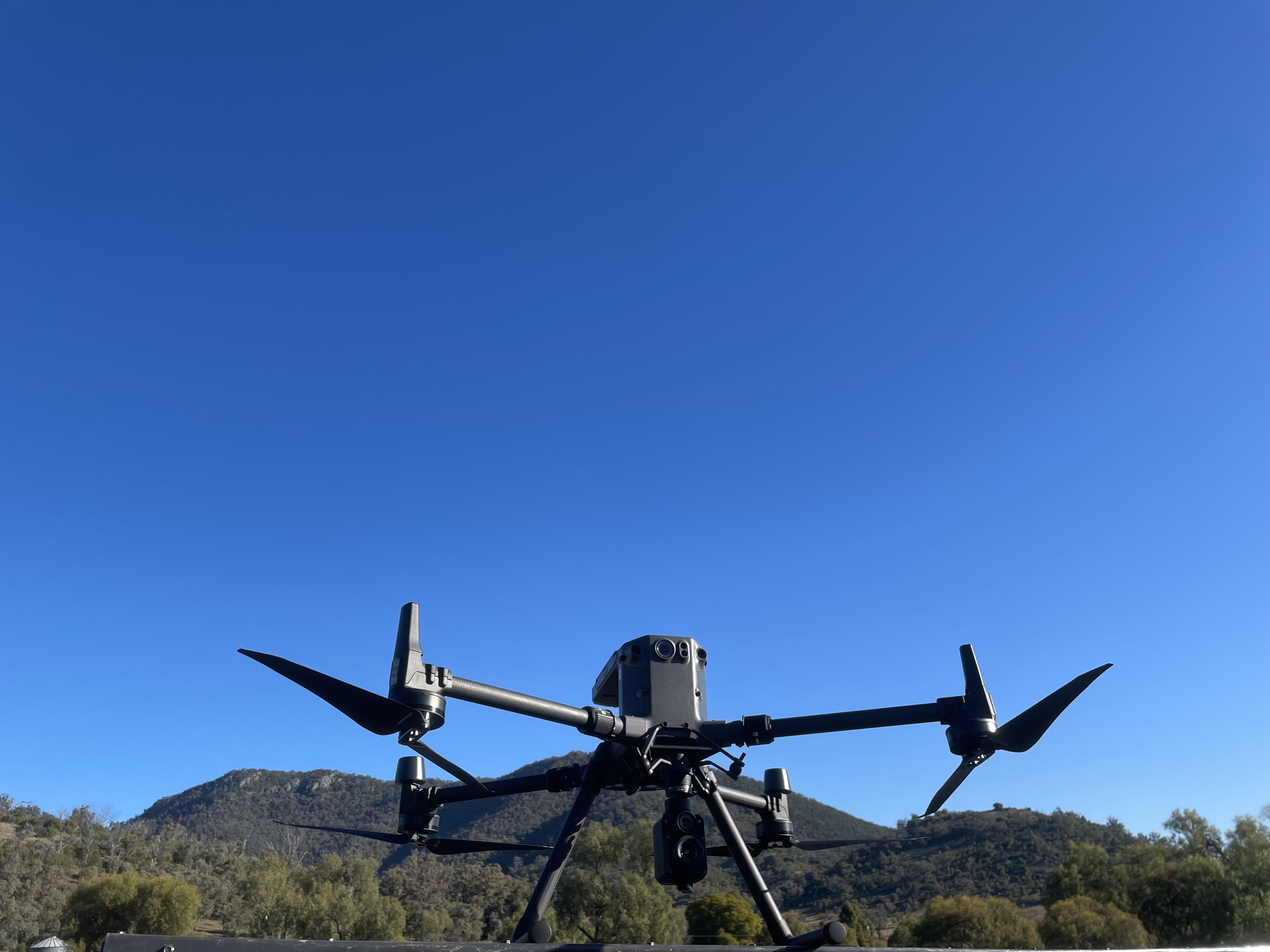Counting Koalas

Tamworth Regional Landcare have embarked on an exciting new project. To count Koalas in the region as part of a country wide initiative funded by WIRES. With the use of a drone equipped with a high resolution thermal camera we are seeking out individual koalas camped high in the canopy of their eucalypt forest habitat.
We began the hunt in late May of this year with a team of two, Chief pilot, James Filby and native wildlife expert Peter Gronen in the rugged hills of Woolomin. With kind permission from the local landholders the Matrice 300 RTK with its thermal imaging camera is deployed at around forty metres above the tree tops in the chilly winter evenings, the low temperature gives us a thermal contrast between the cool canopy and the warm body of the koala. The drone method allows us to cover a large area and investigate the most inaccessible and wild areas without causing disturbance. So far we have searched over ninety hectares of forest, and sent the footage to Queensland University of Technology where it will be analysed. Early results indicate that we have already spotted some koalas.
The plan is to cover as much of the relevant habitat as possible while the cool nights are with us, and with the resources of QUT, create an up to date population map as an aid to the future conservation of the koala.

.jpg)
.jpg)


.png)
